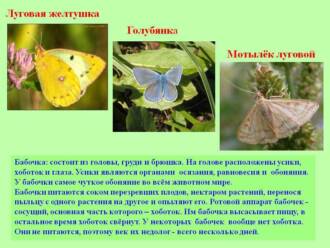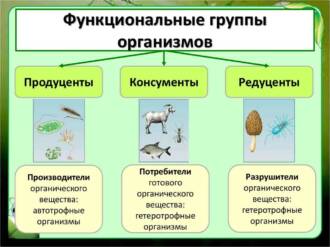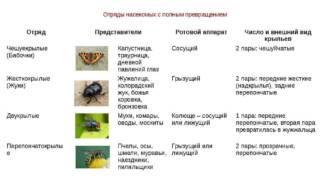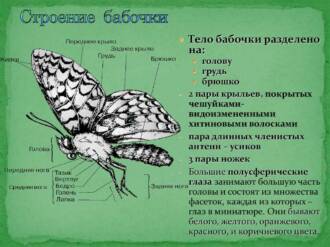
Butterflies are amazing creatures that amaze with their beauty and uniqueness. They belong to the order of Lepidoptera insects and are one of the largest orders on the planet. Butterflies belong to the class of insects and have their own characteristics that make them unique and inimitable.
One of the characteristics of butterflies is their metamorphosis. They go through several stages of development, starting from an egg and ending with an imago - an adult insect. During the process of metamorphosis, butterflies undergo significant changes in their appearance and behavior.
There are a huge number of butterfly species - more than 180,000. They can differ in size, wing shape, color and pattern on them. Butterflies inhabit almost all corners of the planet and appear in a variety of climatic conditions. Each butterfly species has its own characteristics and unique adaptations to the environment.
Butterflies are a type of insect that play an important role in the ecosystem. They are pollinators of flowers and promote the spread of plants, and also serve as food for many animals. Due to their beauty and importance in nature, butterflies are an object of study for scientists and a source of inspiration for artists and poets.
Definition of a butterfly and its features
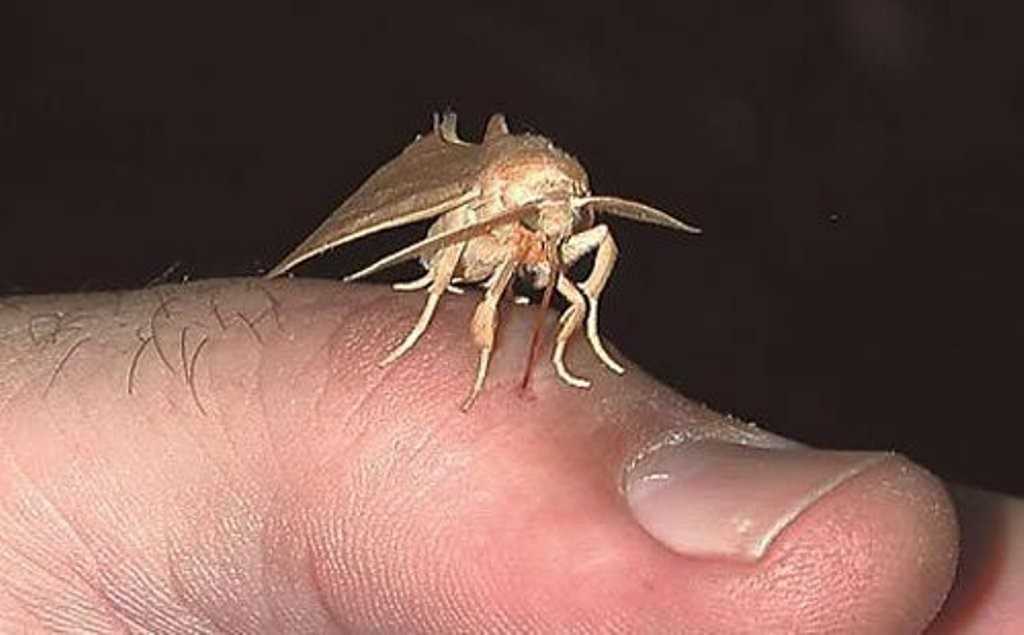
Butterfly — is an insect that belongs to the class of insects and the group of Lepidoptera. Butterflies are known for their beauty and unique features.
There are a huge number of butterfly species, and their number is estimated at several tens of thousands. Butterflies can be of different species, including day and night butterflies. This diverse class of insects comes in a variety of shapes, sizes and colors.
Butterflies have wings covered in scales that give them a distinctive texture and protect them from the elements. Butterfly wings also serve to fly and attract a mate.
One of the characteristics of butterflies is their metamorphosis. They go through several stages of development, including eggs, caterpillars, pupae, and finally the adult butterfly. Each stage has its own characteristics and lasts a certain time.
Butterflies are important pollinators of plants, as they transfer pollen from one flower to another, facilitating their reproduction. They also serve as a food source for many animals such as birds and frogs.
Because of their beauty and uniqueness, butterflies often become an object of study and fascination for people. They are a symbol of beauty, lightness and transformation.
Types of butterflies and their diversity
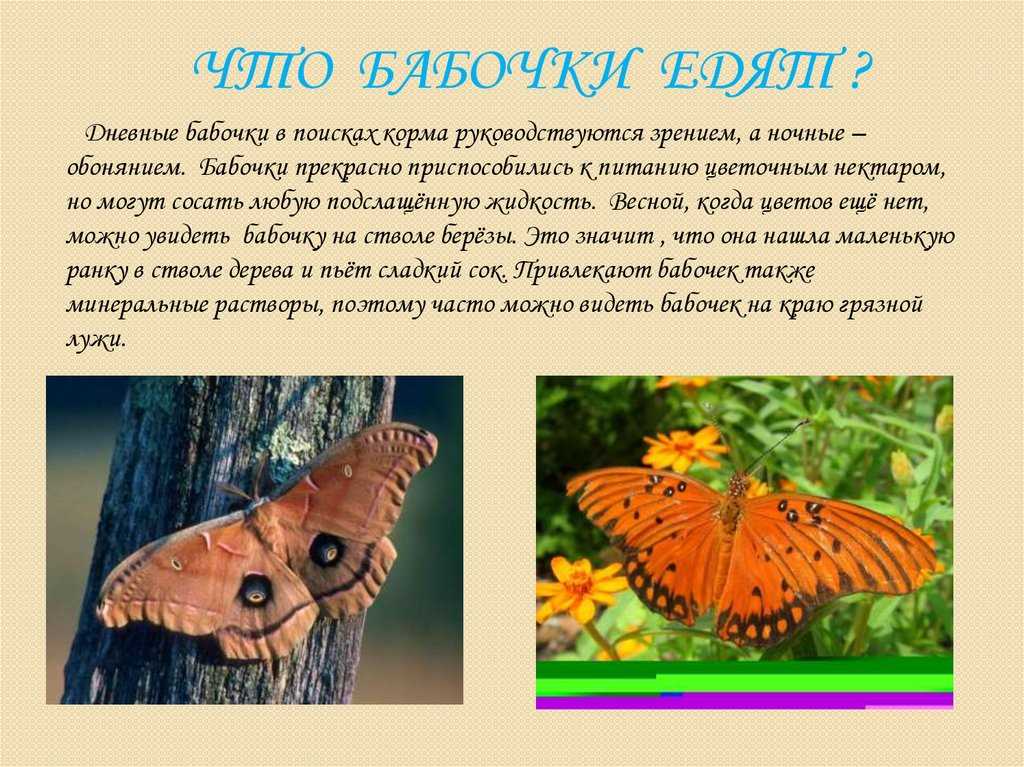
Butterflies belong to the order of insects and are amazing creatures of nature. They attract attention with their beauty and variety of appearance.
There are a huge number of butterfly species, their number is estimated at several tens of thousands. Each species has its own characteristics and unique appearance.
The butterfly is an insect and is part of a group called lepidopterans. They have two pairs of wings that are covered in a variety of colors and patterns. Each species of butterfly has its own characteristic pattern on the wings, which makes them recognizable and unique.
The characteristics of butterflies are not limited to appearance. They also have the ability to fly and maneuver perfectly in the air. Butterflies can change direction of flight, rise and fall smoothly.
What butterflies exist? Butterfly species are very diverse and include groups such as admirals, bluebirds, peacocks, candleworts, swallowtails, cabbage butterflies and many others. Each group of butterflies has its own characteristics and differs in appearance and behavior.
Butterflies and their role in the ecosystem

The butterfly is an insect and is one of the most beautiful and amazing life forms on the planet. They belong to the order Lepidoptera, which includes more than 180,000 species. Butterflies have unique characteristics and play an important role in the ecosystem.
Butterflies are useful creatures in nature. They function as pollinators, transferring pollen between plants, promoting their reproduction. Through this process, butterflies help maintain plant diversity in the ecosystem and maintain biological balance. They are also food for other animals such as birds and frogs and play a role in the food chain.
Features of butterflies include wings covered with scales, which give them a bright and beautiful coloration. Butterflies can have a variety of colors and patterns on their wings, which serve as both protective camouflage and a means of attracting mates. They also have long, thread-like antennae that help them navigate in space and find food.
There are over 180,000 species of butterflies, each with their own unique characteristics and adaptations. They can be small and delicate or large and powerful. Butterflies can live in different places, from tropical forests to clearings and gardens. They may also have different food preferences, feeding on the nectar of flowers or the fruits of plants. Butterflies belong to the class of insects, in which they occupy a special place for their beauty and importance in the ecosystem.
Main characteristics of butterflies
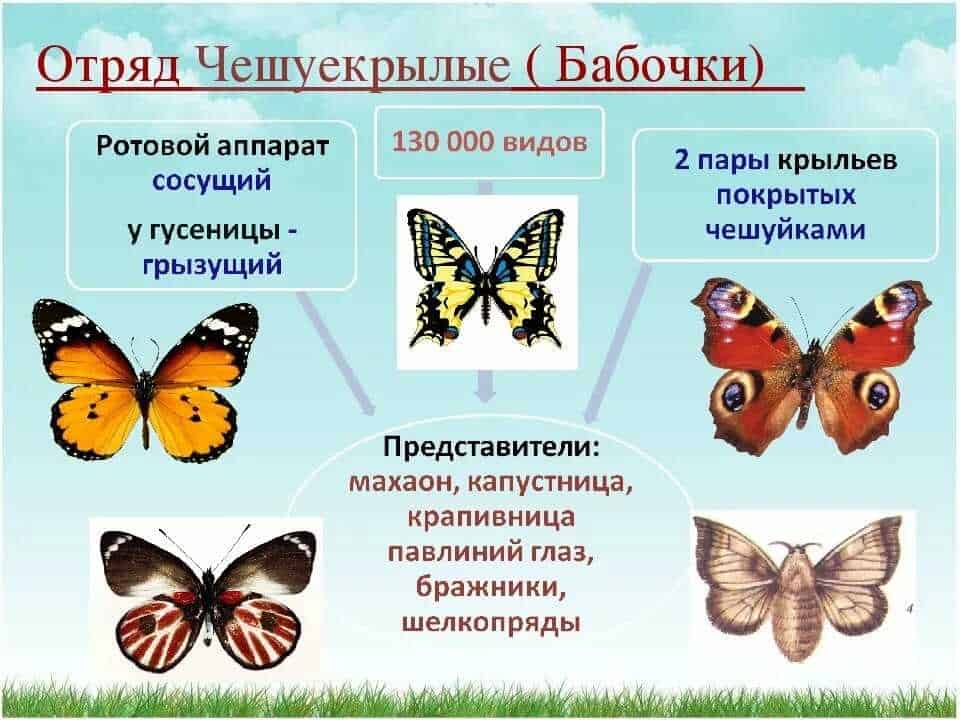
Butterflies are insects that belong to the order Lepidoptera. This is a large group of insects, including about 180,000 species. Butterflies belong to the class of insects, which are the most numerous and diverse groups of animals on Earth.
Features of butterflies include their wings, which are covered with tiny scales. These scales give their wings their vibrant and varied colors, making butterflies some of the most beautiful creatures in nature. Butterfly wings are also transparent, allowing them to fly and float through the air with ease.
Butterflies have four stages of development: egg, caterpillar, pupa and adult. Adult butterflies typically feed on flower nectar and play an important role in plant pollination. They also serve important functions in the food chain, serving as food for other animals such as birds and frogs.
There are a huge number of butterfly species, varying in size, color and lifestyle. Butterflies can be divided into several groups depending on their characteristics. For example, there are diurnal butterflies, which are active during daylight hours, and nocturnal butterflies, which go out hunting at night.
Butterflies are one of nature's most amazing and beautiful creatures. Their diversity and unique characteristics make them important to ecosystems and attractive to observe.
Features of the life cycle of butterflies
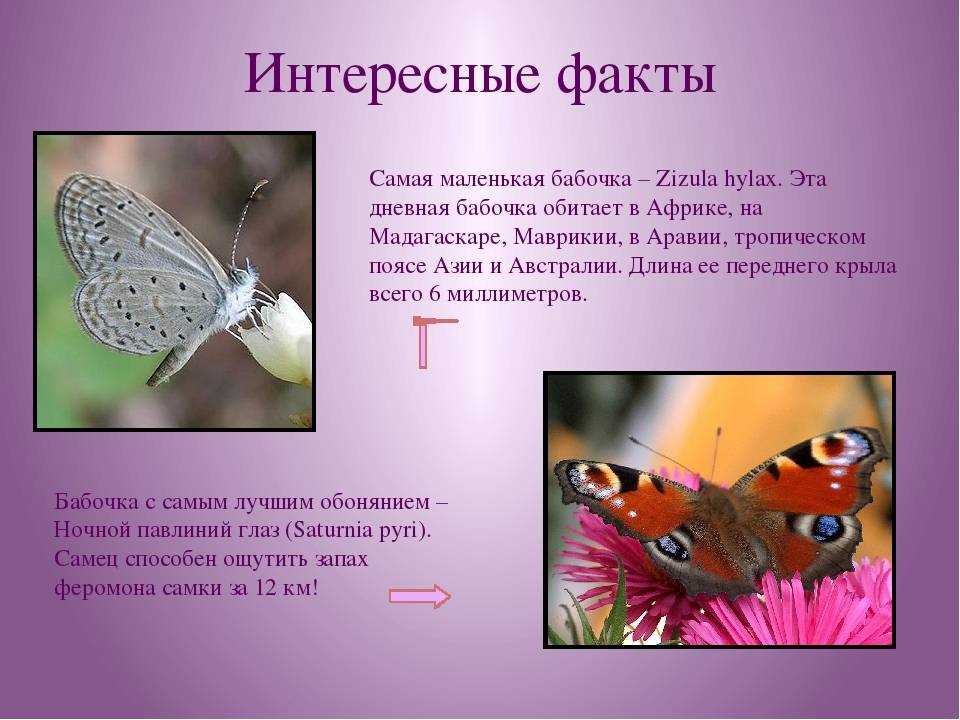
The butterfly is an insect and belongs to the order Lepidoptera. These amazing creatures belong to the class of insects and to the group of insects with complete transformation. Butterflies are one of the largest species of insects, and their diversity is striking in its beauty and various forms.
The life cycle of butterflies consists of several stages. Initially, the butterfly is found in an egg, which is usually laid on plants. The egg then hatches into a caterpillar that feeds on plant matter. The caterpillar gradually grows and develops, passing through several larvae. When the caterpillar reaches its final form, it turns into a pupa.
The pupa is the next stage in the butterfly's life cycle. Important transformation processes take place inside the pupa, and after some time an adult butterfly hatches from it. This process is called imago. The adult butterfly is fully developed and ready for life as an adult insect. She has wings and is able to fly, search for food and reproduce.
As you can see, the life cycle of butterflies is very unique and interesting. It proceeds through several stages, each of which has its own characteristics. These animals, belonging to the order Lepidoptera, amaze with their beauty and amazing transformations. Butterflies belong to a large class of insects, and their diversity is impressive in their shapes and colors.
Adaptations of butterflies to their environment

Butterflies are small insects that belong to the order Lepidoptera. They belong to the class of insects and are one of the largest groups of creatures on the planet. There are about 180,000 species of butterflies in the world, each of which has its own characteristics and adaptations to its environment.
Butterflies belong to the order Lepidoptera, which also includes moths. They are distinguished from other insects by their colorful and exquisite wings covered with scales. Butterflies are insects that have gone through a complete cycle of transformation, from egg to caterpillar, and then to chrysalis and adult insect.
Each butterfly belongs to a specific species and belongs to a specific family. There is a huge variety of butterfly species that live in different environments and conditions. Their adaptations to their environment allow them to survive and reproduce.
Butterflies have various adaptations to their environment. Some butterfly species develop protective wing colors to blend in with their surroundings and avoid predators. Other species have long, thin legs that allow them to easily move around flowers and reach nectar. Butterflies may also have adhesive feet to easily perch on flowers or leaves.
Overall, butterflies are amazing creatures that have unique adaptations to their environment. Their diversity of species and features makes them one of the most interesting and beautiful insects on the planet.
Butterfly interactions with other species
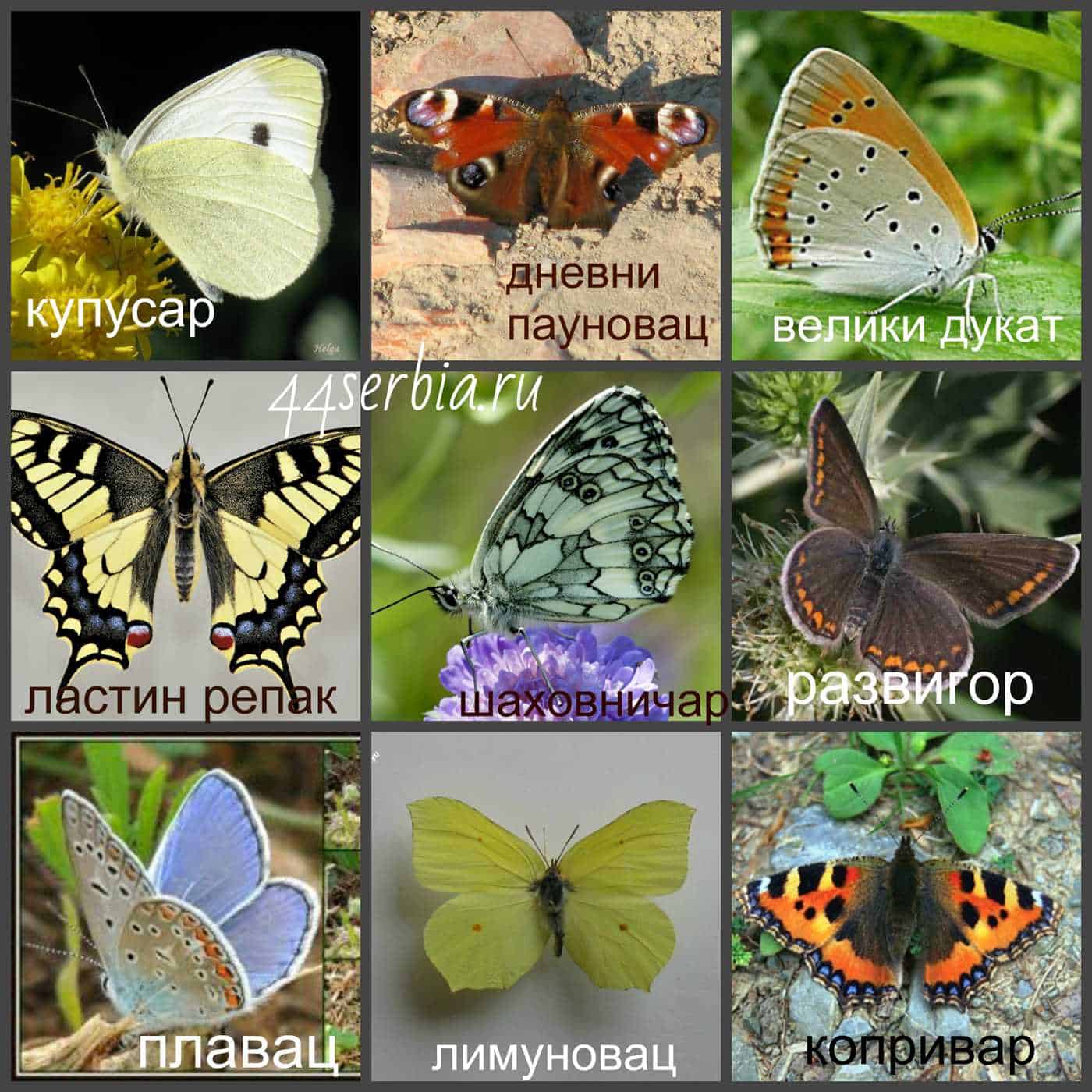
butterflies - These are beautiful insects that attract attention with their varied colors and wings. There are a huge number of species of butterflies, and each of them has its own characteristics.
Butterflies belong to the order lepidopteran insects. They belong to the species insects, which are one of the most numerous and diverse classes of animals on Earth.
The peculiarities of butterflies lie in their ability to fly using wings that are covered with tiny scales. Each scale has its own color, which can be bright and varied. Thanks to this, butterflies become real decorations of nature.
Butterfly interactions with other animal and plant species are an important part of their life cycle. Butterflies are often flower pollinators, helping to spread pollen between different plants. It is an important mechanism for maintaining biodiversity and plant reproduction.
In addition, butterflies provide food for many other animal species such as birds, lizards and frogs. In turn, some species of butterflies can be poisonous and serve as protection from predators.
Thus, the interaction of butterflies with other species is an important component of the ecosystem. Due to their characteristics and role in nature, butterflies play an important role in maintaining balance in natural communities.
Butterfly defense mechanisms
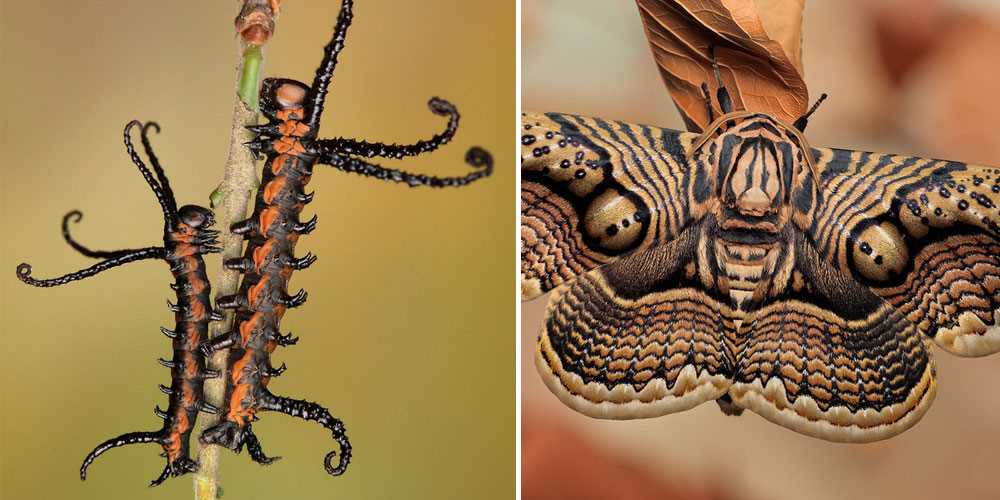
Butterflies are insects that belong to the order Lepidoptera. There are a huge number of butterfly species in the world, their number is estimated at several hundred thousand. Butterflies are distinguished by their bright colors, scale-covered wings, and beautiful patterns.
A special feature of butterflies is their ability to defend themselves from predators. Butterflies belong to the group of insects and have various self-defense mechanisms. One of these mechanisms is mimicry - the ability of butterflies to imitate other animals that are dangerous to predators.
There are butterflies that imitate poisonous animals, such as snakes or beetles. They have bright colors and specific patterns that frighten predators. In addition, some butterflies can produce chemicals that repel predators with their smell or taste.
Another way butterflies protect themselves is by crypsis, the ability to hide against the background of their environment. Some species of butterflies have colors that allow them to blend into the surrounding landscape. They can be virtually invisible to predators.
Butterflies may also use other defense mechanisms, such as throwing away parts of their wings to distract the attention of a predator, or using sharp spines on their bodies to protect themselves from opponents. All these mechanisms help butterflies survive in a harsh world and protect themselves from predators.

